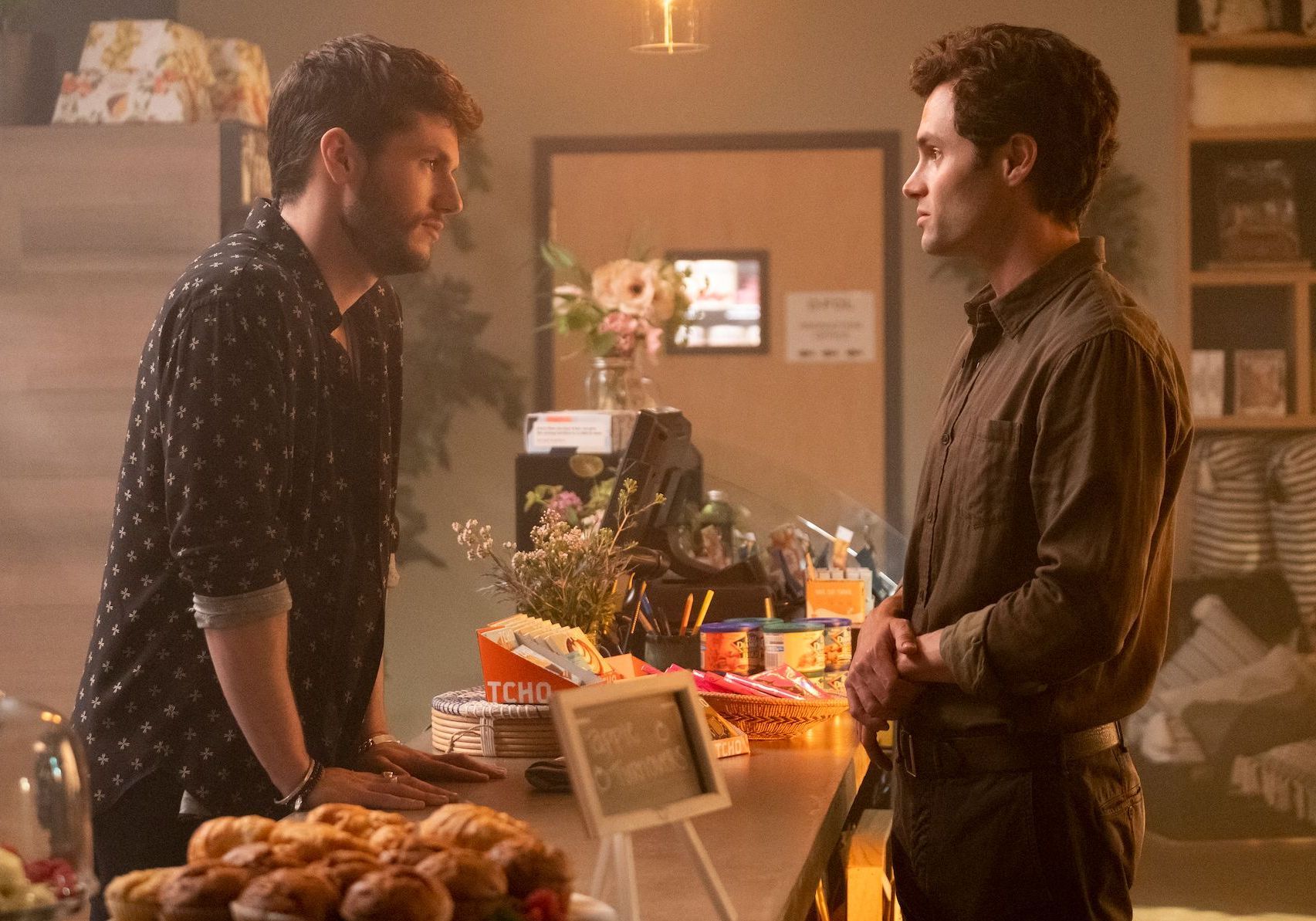

While Netflix is the first studio to adopt vaccination requirements following the updated agreement, there has already been a growing movement among individual productions to implement such requirements.
#You netflix covid update#
It represents an update of a pact reached between the Alliance of Motion Picture & Television Producers and the DGA, SAG-AFTRA, IATSE, the Teamsters, and the Basic Crafts. The most recent union-studio agreement was updated last week and remains in effect through September 30. Netflix is planning to make very rare exemptions for Zone A vaccination requirements, including for those with medical or religious reasons. A Netflix rep confirmed the new policy to IndieWire, but declined to comment further. Oscars 2023: Best Animated Feature Predictionsĭeadline first reported the news.
#You netflix covid serial#
'The Pale Blue Eye' Teaser: Christian Bale Joins Edgar Allan Poe in 1830s Serial Killer MysteryĬrowded Best Actress Race Makes Space for 'Till' and 'She Said' 'Girls5eva' Moves from Peacock to Netflix with Season 3 Order They’re subjected to less frequent testing. Zone B crew members consist of those who do not work closely with actors and who can wear masks and maintain social distancing.

Those working in Zone A are subject to the most frequent COVID testing, at minimum three times a week and as frequently as daily.
#You netflix covid tv#
Over time, readers have also looked to more ambitious efforts to quantify the spread of the virus, like the one produced by the Johns Hopkins Coronavirus Resource Center.The zone system has been a cornerstone of pandemic-era film and TV production since last year. Even Fox News has seen disappointing numbers compared to other large outlets.īeating all of the news sites, in terms of increased popularity, is the home page for the Centers for Disease Control and Prevention, which has been attracting millions of readers after previously having almost none. Publications like The Daily Caller, on the right, and Truthdig on the left, have recorded stagnant or falling numbers. The desire for the latest facts on the virus appears to be curbing interest in the more opinionated takes from partisan sites, which have defined the media landscape in recent years. The websites for The New York Times and The Washington Post have both grown traffic more than 50 percent over the last month, according to SimilarWeb. CNBC, the business news site, has seen readership skyrocket. With the rise of social distancing, we are seeking out new ways to connect, mostly through video chatĪmid the uncertainty about how bad the outbreak could get - there are now hundreds of thousands of cases in the United States, with the number of dead multiplying by the day - Americans appear to want few things more than the latest news on the coronavirus.Īmong the biggest beneficiaries are local news sites, with huge jumps in traffic as people try to learn how the pandemic is affecting their hometowns.Īmericans have also been seeking out more established media brands for information on the public health crisis and its economic consequences. SimilarWeb and Apptopia both draw their traffic numbers from several independent sources to create data that can be compared across the internet. Now that we are spending our days at home, with computers close at hand, Americans appear to be remembering how unpleasant it can be to squint at those little phone screens.įacebook, Netflix and YouTube have all seen user numbers on their phone apps stagnate or fall off as their websites have grown, the data from SimilarWeb and Apptopia indicates. In the past few years, users of these services were increasingly moving to their smartphones, creating an industrywide focus on mobile. With nearly all public gatherings called off, Americans are seeking out entertainment on streaming services like Netflix and YouTube, and looking to connect with one another on social media outlets like Facebook. Daily app traffic is measured in sessions - the number of times the app is opened - and one user can have multiple sessions in a day. Percent change is from the average on Jan. Note: Averages are calculated with traffic numbers from each date and the six days preceding it in order to smooth out weekly variations (recreational internet use, for example, often spikes on the weekends).


 0 kommentar(er)
0 kommentar(er)
